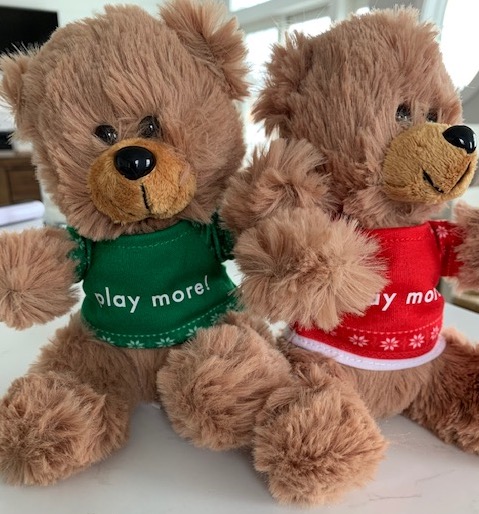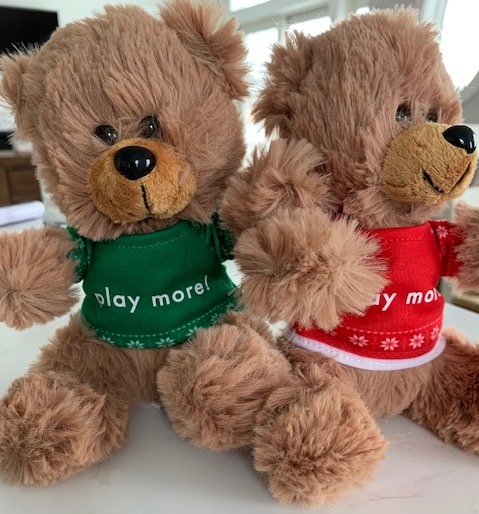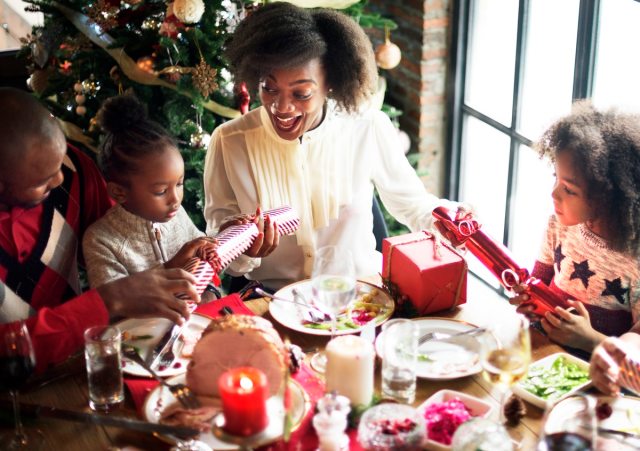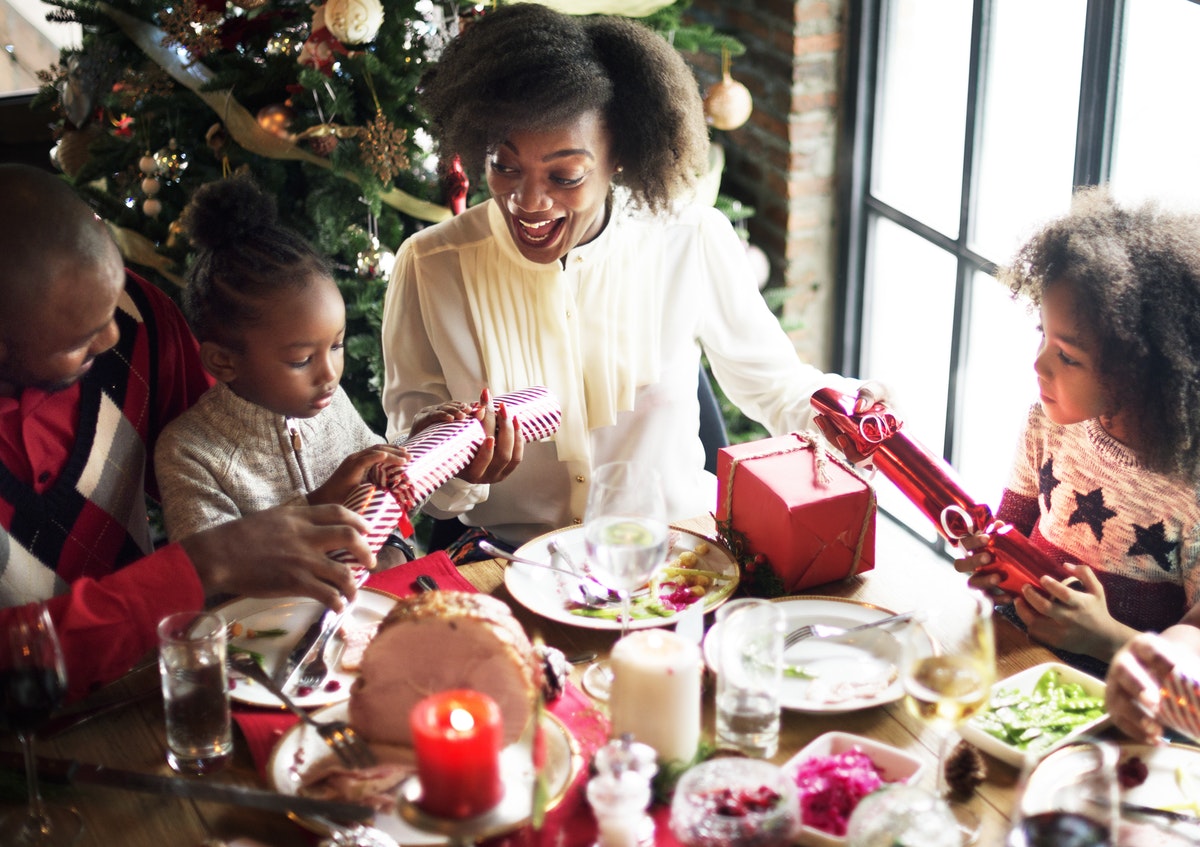All children are smart in their own way. Some children, however, have individual learning styles that don’t allow them to succeed with traditional learning methods.
These children are not disabled. They’re quite capable of learning everything their peers learn. They just learn in a different way. But children with learning differences are often robbed of their confidence and joy.
It can be tremendously difficult for parents to accept that their child may have a learning challenge that interferes with the child’s success and potential. The possibility can leave parents feeling helpless and isolated. Yet, because parents know their child best, it’s critically important that they recognize any learning differences and seek help. Early intervention can have a significant impact on a child’s success in school—and in life. If addressed early, problems associated with learning differences can be minimized and success maximized.
In educational settings, learning differences typically aren’t realized until children enter the primary grades, when reading, spelling and math are introduced. Then, the child may exhibit signs that could be interpreted as a behavior problem, when they’re really a reflection of the child’s frustration with a learning difference.
Children are smart. They realize when other children are “getting” what they aren’t in the classroom. They recognize that, despite working hard, paying attention, listening and doing their homework, school isn’t getting any easier. They feel less and less successful and more and more different.
For children who feel different, expert intervention is important, but feeling connected and good about oneself is essential. Here is where parents play an important role. They can help make success happen for their child, all the while building their child’s confidence and joy.
To do this, parents will need to put on their sleuth’s hat and uncover how best to accomplish these five essentials for their child’s success:
Investigate the way your child processes information best.
“Learning style” can be interpreted in different ways. Generally, it’s broken down by visual, auditory or kinesthetic (touching and/or movement). But a child can be an auditory-visual learner, for instance or an auditory-kinesthetic learner—or even a combination of all three. But learning is also influenced by a child’s emotional state. Parents and teachers will want to discover a child’s learning style, as well as watch and note learning response behaviors that can reveal lots of information as to how a child can be a successful learner.
Determine what learning experiences mirror your child’s interests.
Children do best when they’re interested in a topic. Watch your child closely. Observe him during his daily activities. Notice when he smiles. See what he can’t wait to do. When you see what your child gravitates toward, expand on it. If your child loves the park and has movement concerns, for example, figure out which playground equipment would be best for body movements, strengthening, balance, etc. and play together on it. Be a kid again yourself!
Keep any comparisons with other children confidential.
Your child is smart in her own way. Celebrate the differences and love each child unconditionally. Instead of intimidating your child through comparisons with siblings or classmates, realize your child is a different learner and encourage her unique interests and abilities. For example, Carly’s brother Jason could speak and read two languages at the age of nine. Carly, though, enjoyed putting coins in money rolls and taking them to the bank to deposit. Jason grew up to become a language professor, while Carly became a successful commodities broker.
Uncover and praise your child’s strengths.
All children have strengths. You need to fully recognize what stands out about your child. What can he do that’s different from others? What is he willing to try that the other children won’t? Make a point to praise your child’s special qualities and not to call out any weaknesses. Your child may have a kind heart and a willingness to share toys with others. Catch him comforting another child who is upset and let him know that you appreciate his gift of compassion.
Find ways to have fun with your child.
Making learning tedious with a “to do” list can bring everyone down. Put tasks aside and give your child your undivided attention for a period of time each day—even if it’s only five minutes—apart from her siblings. Let her be the leader and you the follower. Let her choose the activity (within reason), whether it’s going on a scavenger hunt or just cuddling on the couch. She is in control now and there’s no right or wrong way of doing anything.
Different doesn’t have to be negative for children with learning differences. In order to ward off feelings of frustration and failure, parents and teachers must know how the child learns best and allow the child to experience success, both academically and socially. From success, confidence and joy will grow and lead to more success.
Dr. Deborah Ross-Swain is a licensed speech-language pathologist and CEO of the Swain Center for Listening, Communicating and Learning. Dr. Elaine Fogel Schneider is CEO of TouchTime International. Drs. Swain and Schneider’s new book, Confidence & Joy, provides parents with tools to help children with learning differences realize lifelong success.















